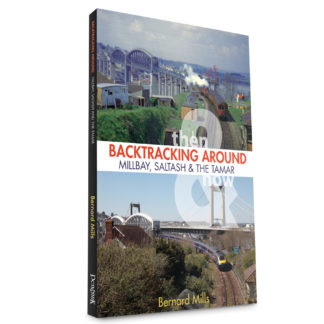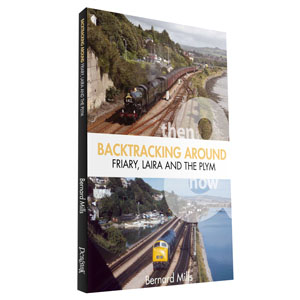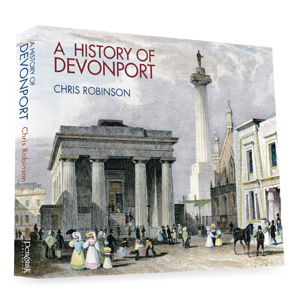One of the first developments after the war was that to the west of Little Dock Lane and in an attempt to give a certain kudos to each new street the planners decided to raid the list of prominent English mansions, or stately homes for inspiration.
Kedlestone Hall is fine example of the Palladian style, a little like the original Theatre Royal in Plymouth, but built fifty years earlier. It was constructed for the Curzon family who had already been living in that part of Derbyshire for some six hundred years when the building work was being undertaken – between 1759 and 1765. Famous for its as yet unspoilt Robert Adam interiors, the house today is also well-known for its Eastern Museum, which houses a remarkable collection of artefacts assembled by Lord Curzon when he Viceroy of India (1899-1905). Interestingly enough the old Viceroy’s House in Calcutta (now the Raj Bhavan) was modelled on Kedlestone Hall.
The name itself would appear quite simply to have come from Ketel’s tun, that is the farm or settlement belonging to Ketel.



